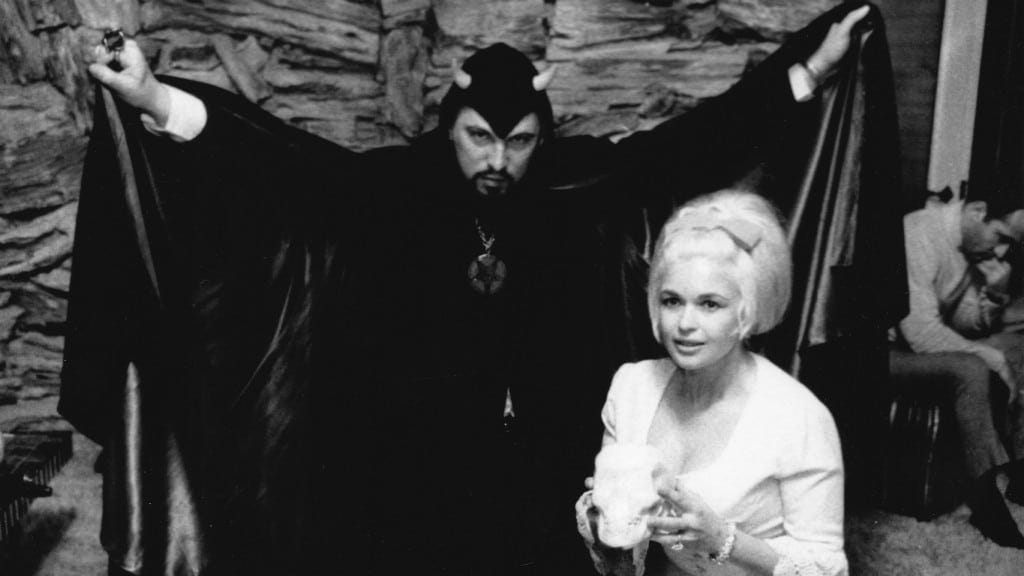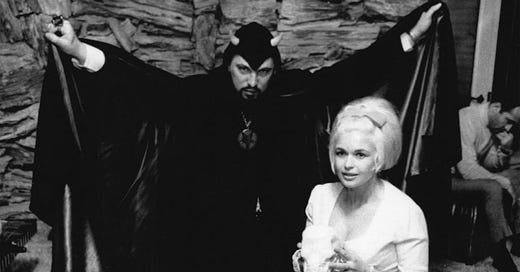‘Mansfield 66/67’ Takes an Arch Approach to the Starlet’s Tragic Demise
FrightFest
Harsh reality and high camp clash in the latest documentary from P. David Ebersole and Todd Hughes.

The allure of fame and the cult of celebrity can be intoxicating, addictive elements, as evidenced by the decidedly offbeat documentary Mansfield 66/67. Directors P. David Ebersole and Todd Hughes (Hit So Hard) examine the final two years of the …
Keep reading with a 7-day free trial
Subscribe to Nonfics to keep reading this post and get 7 days of free access to the full post archives.



